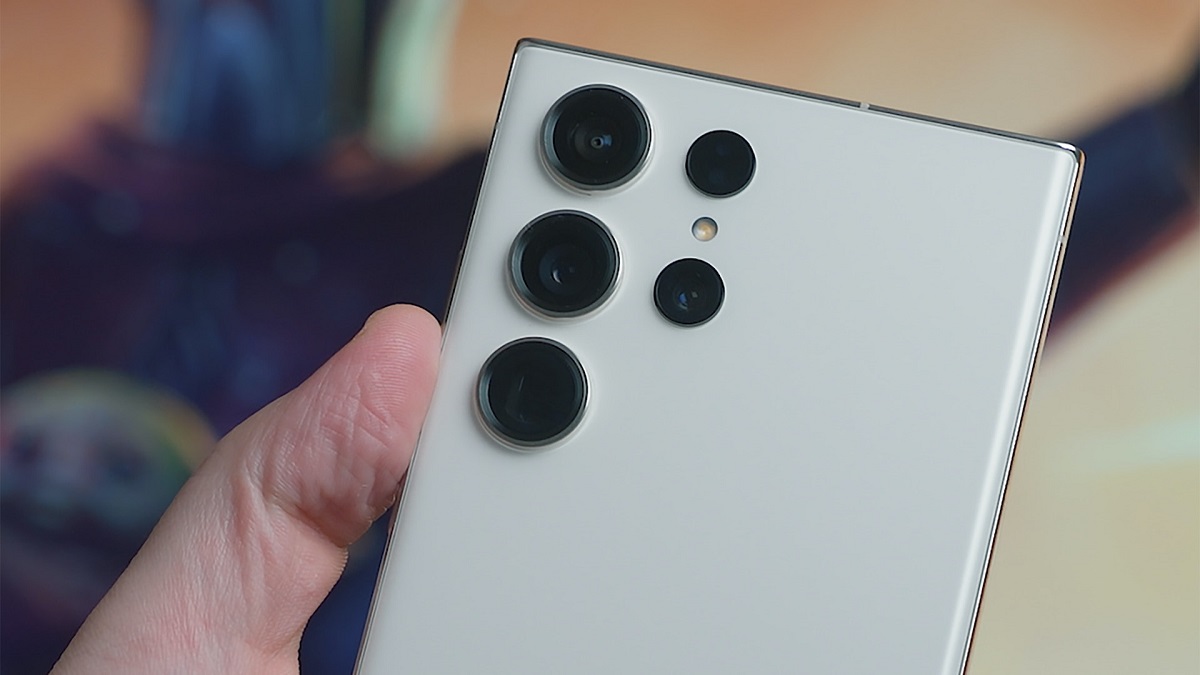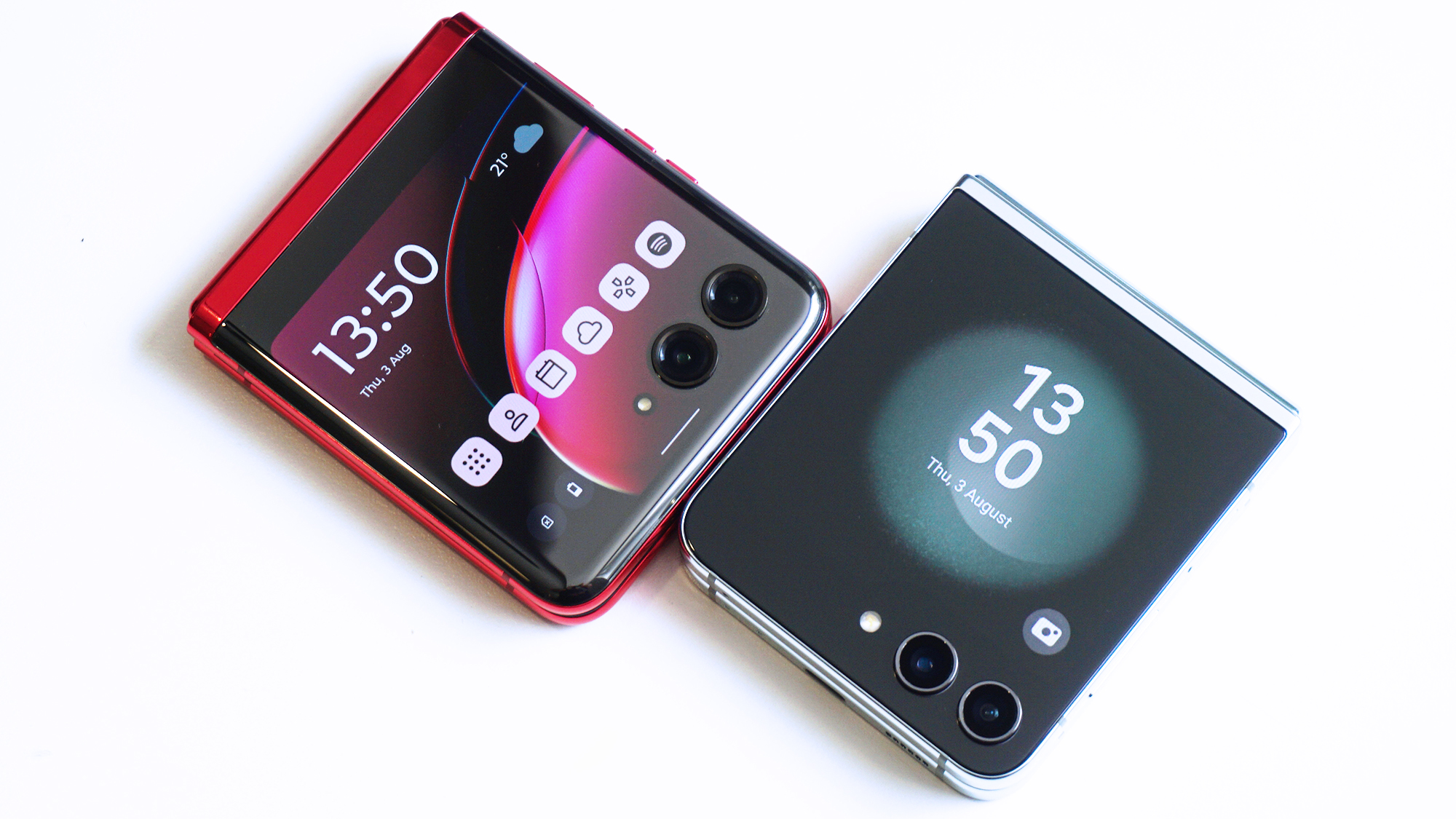Snapdragon 8 Gen 3's rumored price means phones may stick with 8 Gen 2 for longer
If it ain't broke...

Qualcomm's Snapdragon 8 Gen 2 processor may stick around for another year, according to a new report. The move would be made by phone makers in an attempt to keep costs down, as the differences between generations shrinks. The rumored Snapdragon 8 Gen 3 processor may be limited to ultra-premium smartphones as it'll sport a reportedly high price compared to its predecessor.
This report comes from the leaker Digital Chat Station over at the Chinese microblogging site Weibo. Writing in a post, the leaker noted that the Snapdragon 8 Gen 3 may be too expensive for many phone manufacturers, with some likely opting to use the current Snapdragon 8 Gen 2 processor instead.
The Snapdragon 8 Gen 2 is a powerful chipset that powers many of the best Android phones out there right now, including the Samsung Galaxy S23, Motorola Edge 40 Pro, Xiaomi 13 Pro, and more. Its power and efficiency improvements over the Snapdragon 8 Gen 1 family, mean it's able to compete effectively with the iPhone 14 in day-to-day use. The headroom it currently offers suggests that Android phone makers could go another year without needing to upgrade, especially on more affordable phones that prioritize performance over features like their cameras.
It is worth noting that other chips, like MediaTek's Dimensity range, are also at play in the market. Our Motorola Edge 40 review shows that top-tier Dimensity chips are just as good in day-to-day use as their Qualcomm counterparts, and the savings could be worth it as people tighten belts worldwide.
Not an uncommon strategy

Phone makers have adopted similar strategies in the past, and this year has seen select devices like the Motorola Razr Plus (known as the Razr 40 Ultra in Europe) and the Vivo X90 Pro, both flagship devices, adopt processors other than the reigning Qualcomm flagship. This is because while this year's Qualcomm chip is pretty good, last year's was pretty good too!
Though phone makers will often stuff the most ostentatious-looking specs into their Pro Max, Ultra, or (insert superlative chosen to communicate premium) phone here, they are often a bit more reserved with lower-priced sub-flagship phones. The RAM could be lower and slower, the cameras could be fewer (most opting to drop the telephoto), and the processor a little different. Even Apple has gotten in on the action, leaving the standard iPhone 14 with the same processor as the iPhone 13 Pro.
Essentially, what we're saying here is that should Android phone makers keep the Snapdragon 8 Gen 2 around for another year to keep costs low, it wouldn't be the worst thing in the world.
Sign up for breaking news, reviews, opinion, top tech deals, and more.

A UK-based tech journalist for TechRadar, helping keep track and make sense of the fast-paced world of tech with a primary focus on mobile phones, tablets, and wearables.
When not writing on TechRadar, I can often be found reading fiction, writing for fun, or working out.